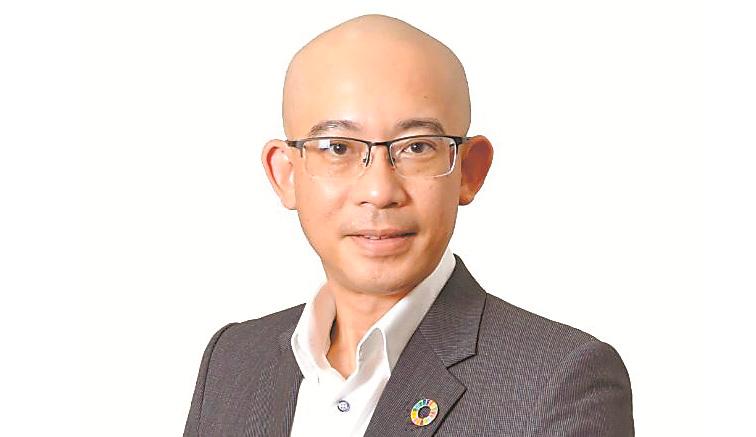KUALA LUMPUR: If the United States imposes tariffs on solar imports from Southeast Asia, Malaysia’s solar manufacturing sector may face plant closures or relocations as producers reassess the cost of operating locally, said TERA VA Sdn Bhd business development manager JP Leong.
He said some solar companies such as Jinko in Penang are slowing or shutting down production, so if the tariff environment remains harsh, manufacturers could leave Malaysia for other lower-cost, high-demand countries.
“If the tariffs are firmly enforced, it could lead some manufacturers to shut down or relocate to other countries. That is a big possibility. There is no edge for them to continue producing in Malaysia because the cost to produce in Malaysia is higher and the machinery is older compared to China,” he told SunBiz in an interview at the sidelines of Bursa Malaysia Earth Week yesterday.
Although solar energy player TERA VA does not source panels from Malaysian factories, Leong said production at some local sites has been slowing “for quite some time already”.
He added that many of TERA VA’s clients are in manufacturing, with some exporting to the US.
“For sure, this US tariff will affect their plans, as a result, some are pausing solar installation projects while awaiting clarity on tariff impacts or potential Malaysian policy responses. So they hold a bit. But some already have budgets approved or are in progress - they’ll still go ahead, especially with a possible electricity tariff hike in July. They want to take countermeasures first,” he said.
For a big portion of its clients, Leong said they will still proceed with their solar installation plans because it is regulated, so it’s not something companies can rush into without proper planning or guidance.
“We update them on what is the latest regulation and what will be the regulation, so they can make a more accurate decision,” he added.
However, Leong said the broader solar sector in Malaysia, particularly installation and EPC (engineering, procurement and construction) activities will remain largely unaffected.
“Most local installers source panels directly from China, not from Malaysian-based factories affected by the new US trade restrictions. So the recent duty imposed on Malaysia is unlikely to impact Malaysia’s solar sector,” he added.
As for TERA VA, Leong said the recent tariffs won’t affect its solar installation work in Malaysia because it imports panels directly from China.
“There is also a lot of misunderstanding that there will be oversupply of panels. No. All this while, we get from China. Panels made in Malaysia are usually for export, to the US, Europe or other regions, not for domestic use.”
He said Malaysia’s domestic solar demand is small so if it becomes unprofitable, they will just shut down and relocate elsewhere. “Other countries like Vietnam and Indonesia have much higher energy needs and bigger markets, more attractive for manufacturers.”
On Monday, the US Department of Commerce announced that it has finalised antidumping and countervailing duties on solar imports from Cambodia, Vietnam, Malaysia and Thailand, as high as 3,521%. Malaysia faces 34.4% country-wide duties, and specific firms like Jinko are hit with 40%.
The decision followed a year-long trade investigation prompted by the American Alliance for Solar Manufacturing Trade Committee. These duties are on top of US President Donald Trump’s tariffs and aim to protect US manufacturers from alleged unfair foreign pricing/subsidies.
The solar tariffs will not come into effect until the International Trade Commission votes on whether the US industry was materially harmed by the imports. The vote must take place by June 2.
The four nations account for 77% of US solar module imports, worth US$12.9 billion (RM56.6 billion) in 2023.
US developers depend on affordable Southeast Asian modules, so duties raise costs, slow rollout and increase project risk.
But it is a win for US manufacturers (First Solar, Hanwha Q Cells), who say Chinese firms bypassed past tariffs by relocating to Southeast Asia.









